The tale of modern Botswana is inseparable from the narrative of Seretse Khama, a figure whose life epitomizes resilience, leadership, and love. Khama’s journey, from confronting societal resistance to his interracial marriage to becoming Botswana’s first post-colonial leader, is not just a personal story but a testament to the transformation of a nation.
Khama’s tenure from 1966 until his passing in 1980 marked a pivotal era in Botswana’s history. Amidst political turmoil and economic uncertainties, his leadership steered Botswana towards rapid economic development and international recognition.
Seretse Khama was Born on July 1, 1921, in the British protectorate of Bechuanaland (now Botswana), Khama hailed from a lineage of chiefs. His grandfather, Khama III, served as the paramount chief of the Babanguato, a branch of the Tswana people. The colonial era posed significant challenges, with British unilateral declarations and the looming threat of territorial annexation by neighboring powers.
Despite initial skepticism about his capabilities, Khama’s journey through education, notably at Fort Hare in South Africa, shaped his future trajectory. His resilience against bullying and his commitment to education laid the foundation for his leadership qualities.
However, it was Khama’s marriage to Ruth Williams, a white Englishwoman, that ignited controversy and tested his leadership. Their union faced opposition from both local elders and the apartheid regime in South Africa. Khama’s adept handling of the conflict showcased his diplomatic finesse and garnered widespread support, leading to his eventual recognition as the paramount chief.
Yet, the aftermath of their marriage led to exile from his homeland at the hands of British authorities, a period marked by personal anguish and political upheaval. Despite this setback, Khama’s resolve remained unshaken, as he continued his political activism abroad, garnering international support for his cause.
It wasn’t until 1956 that Khama and his wife were allowed to return home, greeted as heroes by the people of Botswana. His subsequent political career saw him rise to prominence, culminating in Botswana’s independence in 1966 and Khama assuming the presidency, a position he held until his untimely demise.
Khama’s presidency was defined by visionary policies aimed at nation-building and economic development. Despite facing formidable challenges such as poverty, drought, and disease outbreaks, his leadership fostered Botswana’s emergence as one of Africa’s success stories.
Key to Botswana’s prosperity was Khama’s prudent management of the country’s newfound diamond wealth, ensuring that it benefitted the nation as a whole. His emphasis on education, healthcare, and infrastructure laid the groundwork for Botswana’s sustainable development.
Internationally, Khama emerged as a stalwart advocate for pan-Africanism and regional cooperation, playing a pivotal role in the liberation struggles of neighboring states. His diplomatic efforts contributed to the peaceful transition of power in Zimbabwe and Namibia, cementing his legacy as a statesman of unparalleled stature.
Despite battling illness towards the end of his life, Khama remained dedicated to his people until his final moments. His passing in 1980 was mourned not only by Botswana but by the entire African continent, a testament to his enduring legacy.
Today, Seretse Khama’s legacy lives on as a beacon of hope and inspiration for future generations. His unwavering commitment to justice, equality, and nation-building continues to resonate, reminding us of the transformative power of visionary leadership and the enduring impact of love and resilience in the face of adversity.

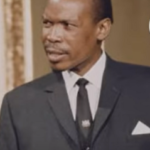


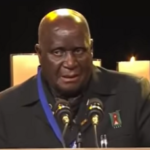
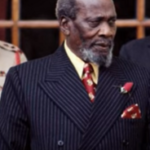
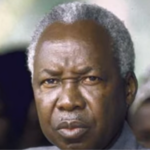
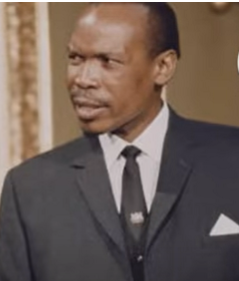




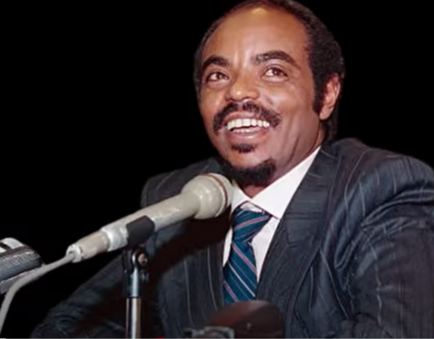

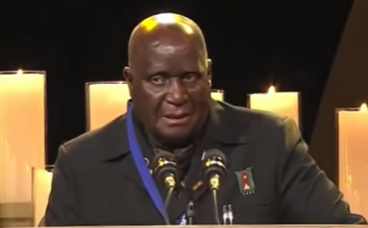
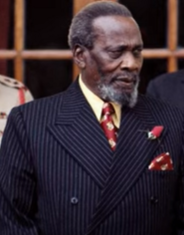
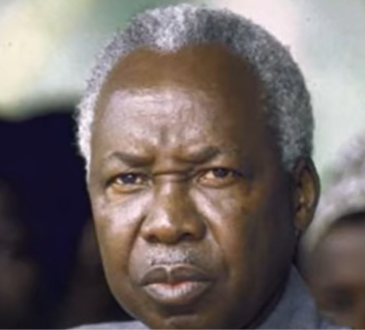
+ There are no comments
Add yours